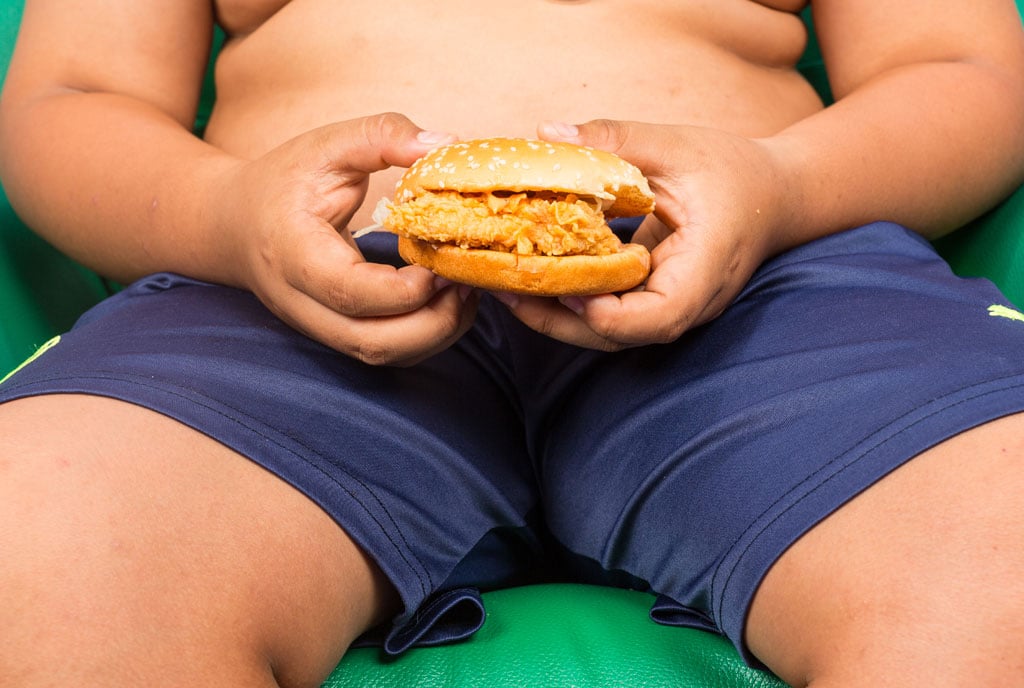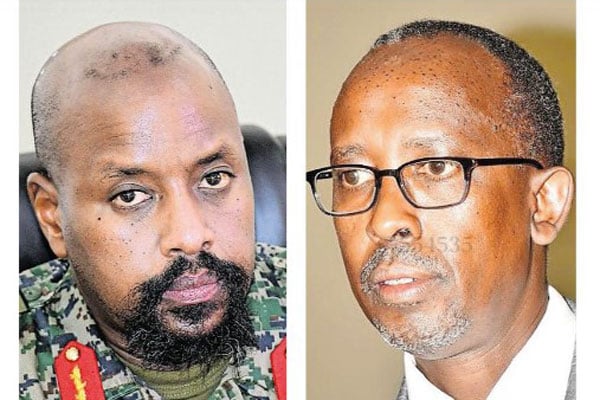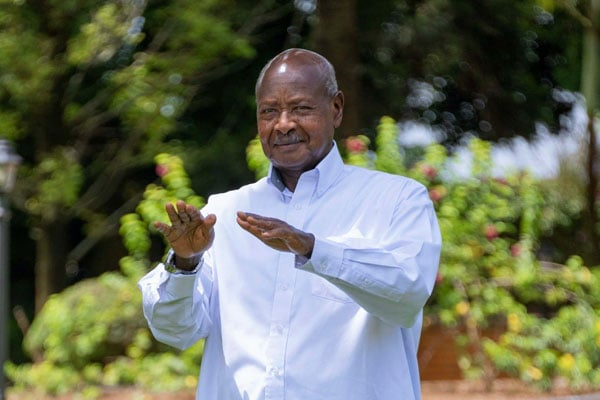Report indicates boys suffer more violence

Congolese refugees at Nyakabande Refugee Transit Camp in Kisoro District in 2022. A new study undertaken in 13 refugee settlements in Uganda shows that more boys are adversely impacted by violence. PHOTO/ROBERT MUHEREZA.
What you need to know:
- The violence suffered by both males and females comes with regrettable consequences.
A new study undertaken in 13 refugee settlements in Uganda shows that more boys are adversely impacted by various bouts of violence.
The study report clustered the forms of violence into three categories of sexual, physical and emotional. Empirical evidence from the research shows that boys experienced more physical and emotional violence than their female counterparts.
Datapoints from the dataset that was put together between March and April 2022 as a “representative household survey of 13 to 24-year-old females and males” indicates that “the prevalence of violence against children in refugee settings in Uganda is high, with nearly half of females and males aged 18 to 24 years having experienced at least one form of violence (sexual, physical, or emotional) before age 18.”
The Uganda Humanitarian Violence Against Children and Youth Survey, 2022 released about a fortnight ago also indicates that “about a third (32 percent) of females and 40 percent of males aged 13 to 17 years experienced at least one form of violence in the past 12 months.”
Findings
The study, a collaborative effort between the Office of the Prime Minister (OPM) and a host of non-state actors, including the UNHCR Regional Bureau for the East and Horn of Africa, found that “physical violence was the most common type of violence against children among both females and males across age groups.”
It also discovered that “males were more likely than females to experience physical violence in childhood, while females aged 18 to 24 were more likely than males to have experienced sexual violence in childhood.”
Another key finding from the study is that “across age groups, perpetrators of violence against children were mostly people who the children knew, including parents or adult relatives, adults in the community, an intimate partner, classmates/schoolmates, or friends.”
It also shows that among those aged below 18 and beset by emotional violence, “at least one in five (21.2 percent)” were female. Meanwhile, “one in four (25.7 percent) males experienced the first incident before the age of 11.”
It added: “Of those who experienced physical violence in childhood, 13.7 percent of females and about one in five males (18.3 percent) had their first experience between the ages of six and 11.”
When questioned about their experience in the past 12 months, both boys and girls reported the same level of physical violence albeit with higher cases of physical violence in boys (34.8 percent) than girls (25.7 percent).
Higher levels of emotional violence were suffered by girls (13.8 percent) than boys (10.3 percent).
“Researchers also established that “a higher proportion of males than females aged 18 to 24 years witnessed physical violence at home during childhood (43.9 percent versus 33.0 percent),” the report reads in part.
Impact
The report reveals that “more than half (54.8 percent) of females and 73.0 percent of males aged 18 to 24 years who experienced childhood sexual violence “knew of a place to seek help.”
Crucially, though, “only 5.1 percent of females and 17.2 percent of males aged 18 to 24 years who experienced childhood sexual violence sought help.” To cap things up, “only 3.4 percent of females and 17.1 percent of males aged 18 to 24 years who experienced childhood sexual violence received help.”
The violence suffered by both males and females came with regrettable consequences. For instance, “about one out of three females (30.0 percent) and two out of three males (62.9 percent) who experienced physical violence in childhood were injured as a result of their first childhood experience of physical violence.”
It was also discovered that “among 18 to 24-year-olds, 82.0 percent of females and 90.6 percent of males endorsed one or more harmful traditional beliefs about gender, sexual behaviour and intimate partner violence.”
Among the victims of violence, “a higher proportion of females aged 18 to 24 years who experienced sexual violence in childhood experienced mental distress in the 30 days preceding the survey (81.6 percent versus 70.4 percent), intentional self-harm (14.5 percent versus 7.4 percent), and having ever thought of suicide (23.0 percent versus 7.6 percent), compared to those who did not experience sexual violence in childhood.”
Cultural beliefs
Interviews with the victims showed that more boys found traditional beliefs and other practices that are violent in nature to be okay.
“Among 13 to 17-year-olds, about eight out of 10 females (79.0 percent) and males (83.5 percent) endorsed one or more harmful traditional beliefs about gender, sexual behaviour and intimate partner violence,” the report reads in part.
It goes on to state that “these included beliefs about traditional roles of men and women in sexual relationships as well as beliefs about justification of wife-beating on certain grounds.”
Amanda Kawaisolya, the communications manager at Nyaka Global, an entity that works with communities to nurture and protect children, faults most interventions that largely focus on protecting the girl child.
“It is unfortunate that most programmes and interventions that are being done to improve the lives and livelihoods of vulnerable communities are currently focusing on women and girls and forget that boys can also be vulnerable because they are children as well,” Ms Kawaisolya told Sunday Monitor, adding, “The thing with boys [is] this does not only affect them mentally but we noticed that if they are abused at an early age, they also turn into abusers too. In future, you will find that they are the same people we run around chasing as criminals in their later years of life.”
Ms Kawaisolya suggested that all key authorities collect authentic data on violence among children and youth, especially those who are as vulnerable as their female counterparts.
“I would encourage the government to work with refugee communities and empower other authorities to raise awareness in addressing these issues. People need to be armed with information that could safeguard vulnerable children,” Ms Kawaisolya said.
Remedial actions
Considering that the government is normally run on a strained resource envelope, Ms Kawaisolya recommended that state authorities plug into “collaborations with NGOs committed on bettering conditions of children” as they are already resourced in the said field.
“From my experience working with vulnerable communities and rural areas, one of the most suitable models is through community driven solutions,” she said, adding, “It is important that NGOs, CSOs and government involved in such work is to involve the [affected] communities to generate the solutions. This is because they can identify the weak points, criminals and perpetrators. It is therefore important to empower the communities and so they will come up with solutions to cure the challenges being faced.”
Tabitha Suubi, the programme manager in-charge of violence against children department at the Raising Voices-Uganda, proposed that parents or guardians deploy friendlier correctional methods on children found at fault.
“We need to encourage reflections. Let this child think about what they did and know how wrong it was. Things like writing apologies, giving time to these children to be talked to,” Ms Suubi said, adding that “only that adults these days don’t have time for these kids but if we tried penalties like withdrawing privileges from children.”
Together with the OPM’s Department of Refugees and the UNHCR Regional Bureau for the East and Horn of Africa, other partners on the research project included the Great Lakes as well as the Baobab Research Programme Consortium, with support from Together for Girls and the United States Centers for Disease Control and Prevention, Atlanta, Georgia, USA.
The research was conducted in 13 refugee settlements in Uganda. Researchers, with consent of their guardians, parents and other directly in-charge authorities, interviewed children and youth.
The settlements where data was collected from include Adjumani in Adjumani District, Bidibidi in Yumbe District, Imvepi in Terego District, Kiryandongo in Kiryandongo District, Kyaka II in Kyegegwa District, and Kyangwali in Kikuube District.
Others are Lobule in Koboko District, Nakivale in Isingiro District, Oruchinga in Isingiro District, Palabek in Lamwo District, Palorinya in Moyo District, Rhino in Madi-Okollo/Terego Districts, and Rwamwanja in Kamwenge District.




